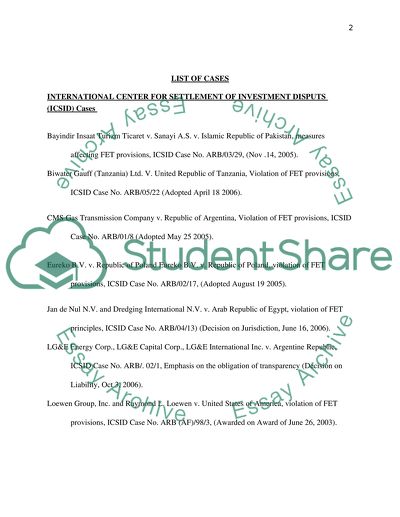Cite this document
(“Critically analyse the concept of fair and equitable treatment in Essay - 1”, n.d.)
Retrieved from https://studentshare.org/environmental-studies/1410282-critically-analyse-the-concept-of-fair-and
Retrieved from https://studentshare.org/environmental-studies/1410282-critically-analyse-the-concept-of-fair-and
(Critically Analyse the Concept of Fair and Equitable Treatment in Essay - 1)
https://studentshare.org/environmental-studies/1410282-critically-analyse-the-concept-of-fair-and.
https://studentshare.org/environmental-studies/1410282-critically-analyse-the-concept-of-fair-and.
“Critically Analyse the Concept of Fair and Equitable Treatment in Essay - 1”, n.d. https://studentshare.org/environmental-studies/1410282-critically-analyse-the-concept-of-fair-and.


